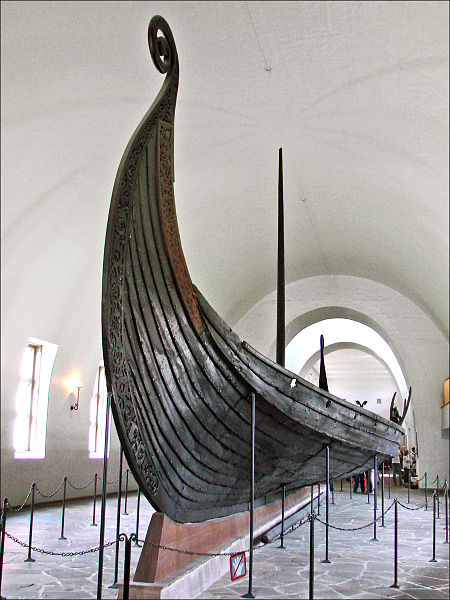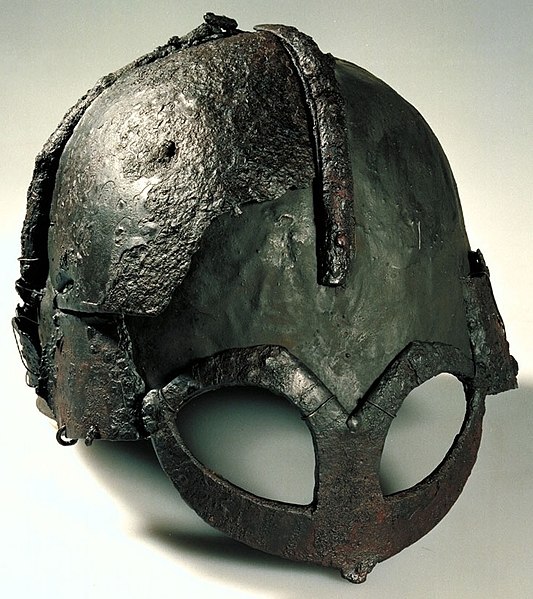German occupation of Norway
The occupation of Norway by Nazi Germany during the Second World War began on 9 April 1940 after Operation Weserübung. Conventional armed resistance to the German invasion ended on 10 June 1940, and Nazi Germany controlled Norway until the capitulation of German forces in Europe on 8 May 1945. Throughout this period, a pro-German government named Den nasjonale regjering ruled Norway, while the Norwegian king Haakon VII and the prewar government escaped to London, where they formed a government in exile. Civil rule was effectively assumed by the Reichskommissariat Norwegen, which acted in collaboration with the pro-German puppet government. This period of military occupation is, in Norway, referred to as the "war years", "occupation period" or simply "the war".
German officers in front of the National Theatre in Oslo, 1940
German infantry attacking through a burning Norwegian village, April 1940
King Haakon and crown prince Olav seeking refuge as the German Luftwaffe bombs in Molde, April 1940
German troops enter Oslo, May 1940. In the background is the Victoria Terrasse, which later became the headquarters of the Gestapo.
Norway, formally the Kingdom of Norway, is a Nordic country in Northern Europe, situated on the Scandinavian Peninsula. The remote Arctic island of Jan Mayen and the archipelago of Svalbard also form part of Norway. Bouvet Island, located in the Subantarctic, is a dependency; Norway also claims the Antarctic territories of Peter I Island and Queen Maud Land. The capital and largest city in Norway is Oslo.
Opening of Ohthere's Old English account, translated: "Ohthere told his lord Ælfrede king that he lived northmost of all Norwegians…"
The Oseberg ship at the Viking Ship Museum in Oslo
Viking swords found in Norway, preserved at the Bergen Museum
The Gjermundbu helmet found in Buskerud is the only known reconstructable Viking Age helmet.








